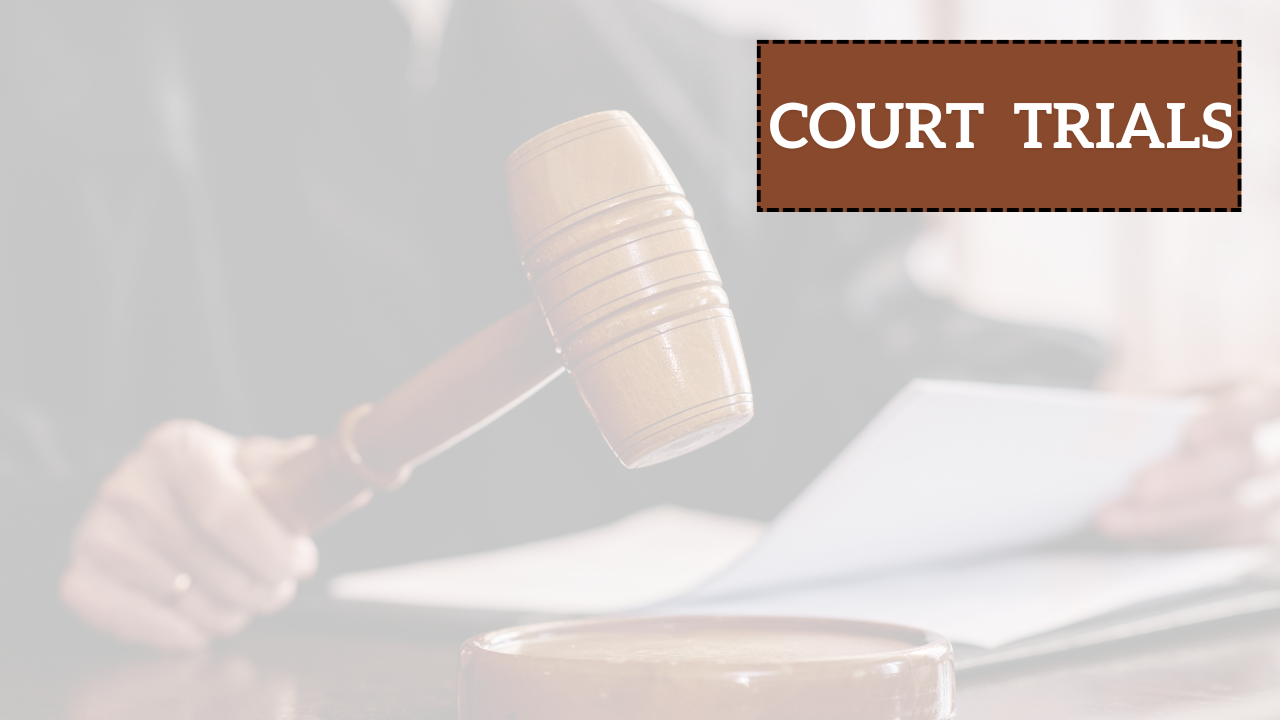Whether you’re a law student, a curious citizen, or someone involved in a legal case, understanding the court trial process can be incredibly helpful. Court trials are structured legal proceedings designed to determine the guilt or innocence of an accused person or to resolve disputes between parties. Here’s a step-by-step walkthrough of what typically happens during a trial in a court of law.
1. Pre-Trial Preparations
Before the trial even begins, several crucial preparations take place:
- Filing of the Case: The trial process begins when a lawsuit or complaint is formally filed in court.
- Summons and Notices: Parties involved receive official court notices to appear on a given date.
- Collection of Evidence: Both sides—prosecution/plaintiff and defense—gather documents, witness statements, expert opinions, and other relevant proof.
- Framing of Charges/Issues: In criminal cases, the judge outlines the specific charges. In civil cases, key issues in dispute are identified.
2. Opening Statements
- Prosecution/Plaintiff Goes First: The side initiating the case gives an overview of what they aim to prove.
- Defense Responds: The defense outlines their stance, refuting the charges or presenting an alternative version of events.
These statements help the judge (and jury, if present) understand the basic arguments of both parties.
3. Examination of Witnesses and Presentation of Evidence
This is often the most detailed and time-consuming part of a trial.
a) Examination-in-Chief (Direct Examination)
- The side that calls a witness questions them first.
- The aim is to let the witness explain what they saw, did, or know.
b) Cross-Examination
- The opposing side now questions the same witness.
- This is done to test the credibility of the witness and spot inconsistencies.
c) Re-Examination
- If needed, the original side may question the witness again to clarify issues raised during cross-examination.
d) Submission of Evidence
- Physical or documentary evidence is formally submitted and verified in court.
4. Statement of the Accused (In Criminal Trials)
In criminal trials, under legal provisions like Section 313 of the Indian Criminal Procedure Code (CrPC):
- The judge gives the accused an opportunity to personally explain any evidence presented against them.
- It helps ensure a fair trial by allowing the accused to present their version of events.
5. Final Arguments
- Summing Up by Prosecution/Plaintiff: They review the evidence and try to prove their case.
- Defense’s Closing Arguments: The defense presents counter-arguments, highlighting doubts or weaknesses in the prosecution’s case.
This stage allows both parties to wrap up their case and persuade the judge or jury.
6. Judgment or Verdict
Once the arguments are over:
- Judge Reviews the Case: The judge carefully analyzes the facts, evidence, and legal points.
- Verdict Delivered:
- In criminal trials, the verdict is either guilty or not guilty.
- In civil cases, the judge decides in favor of one party and may award compensation or issue an injunction.
If found guilty in a criminal trial, sentencing may be announced immediately or on a later date.
7. Sentencing (Criminal Cases Only)
If the accused is convicted:
- Separate Sentencing Hearing: Sometimes held to determine the appropriate punishment.
- The judge may consider factors such as the nature of the offense, criminal history, and mitigating circumstances before announcing the sentence (imprisonment, fine, probation, etc.).
8. Right to Appeal
Once judgment is passed:
- Aggrieved Parties May Appeal: If either side believes the decision is unfair or legally flawed, they can appeal to a higher court.
- The appeal process may involve a review of the lower court’s procedures, findings, or legal interpretations.
Final Thoughts
Understanding the structure of a court trial demystifies the legal system and empowers individuals with knowledge of their rights and responsibilities. While procedures may slightly differ across jurisdictions, the essence remains the same—ensuring justice is served through a fair and transparent process.
Whether you’re watching a courtroom drama or walking into a real court, you now have a solid grasp of what happens from start to finish.

